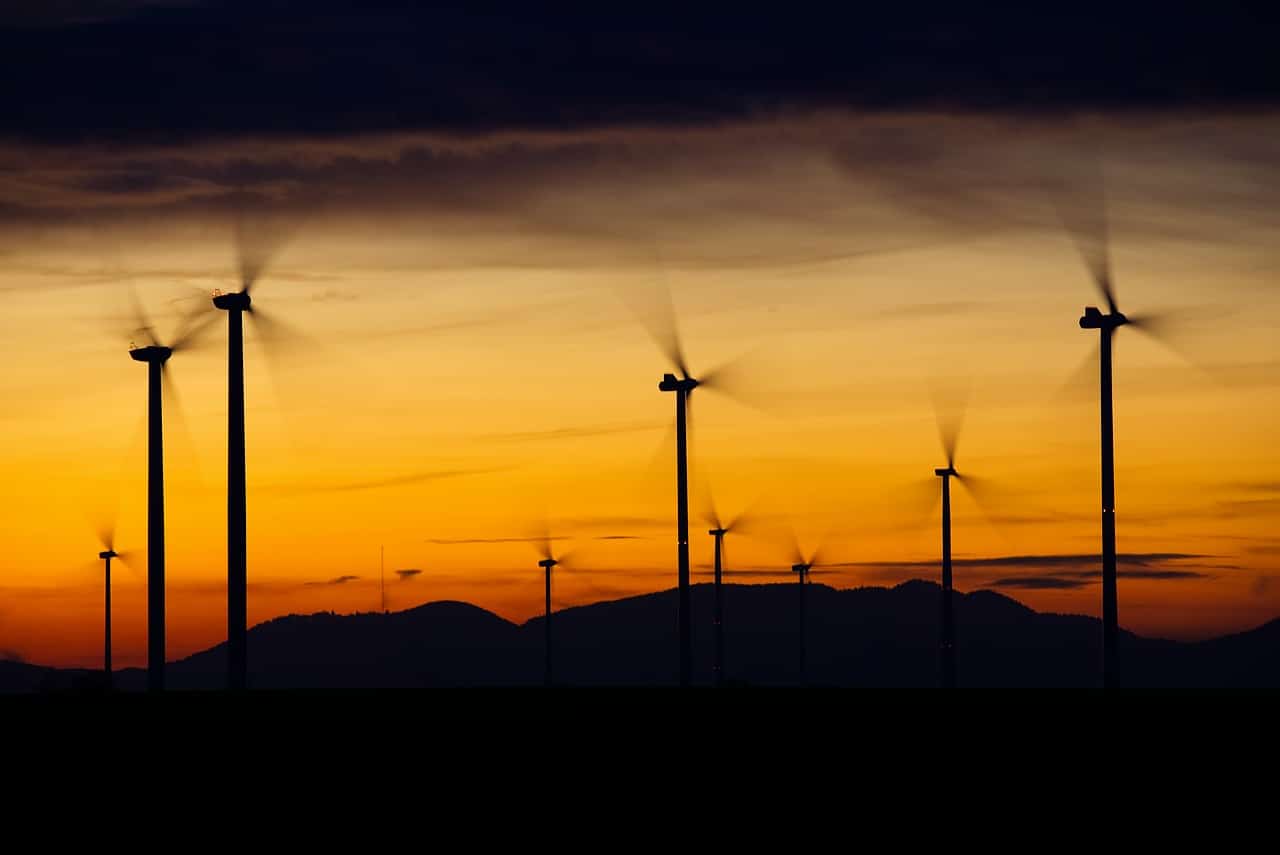
The sum of the potential energy and the kinetic energy released by the water in a dam creates mechanical energy.
Mechanical energy is the kind of energy where both the position and movements of bodies intervene. This means that mechanical energy is the sum of the potential, kinetic and elastic energy of a moving object .
It is said that energy is the power to generate a transformation or movement in a certain thing. The concept also refers to the resource that, thanks to technology , can have industrial applications.
Mechanics , on the other hand, encompasses all those things that work through the action of a mechanism or machinery . The term is also used to describe the automatic act and the object that can cause consequences such as collisions or erosions.
What is mechanical energy
The so-called mechanical energy, then, can be presented as the capacity of bodies with mass to carry out a certain effort or work . It is important to remember that energy is neither created nor destroyed, but rather conserved. Mechanical energy remains constant over time thanks to the action of conservative forces that work on the particles involved.
Among the types of mechanical energy, hydraulic energy (which takes advantage of the potential energy of the movement of water) and wind energy (a mode that arises from the action of the wind) can be mentioned.
An example of mechanical energy, then, is the operation of a dam . When it releases the water, the potential energy is converted into kinetic energy (in motion) and the sum of both constitutes mechanical energy.
Another example occurs with those mechanisms that must be wound to work: the spring in question releases kinetic energy that allows different jobs to be carried out, such as moving a toy car. As you can see, mechanical energy is very present in our daily lives, in objects as simple in appearance as the pendulum of a clock .

Wind energy is a type of mechanical energy.
The law of conservation
The law of conservation of energy represents the fundamental principle of thermodynamics and establishes that the total energy of a physical system that is not interacting with another does not present any variation over time , although its type may change. In other words, as stated in previous paragraphs, energy is neither created nor destroyed, but rather it is possible to notice a change in its form. A clear example is the transformation of solar energy into electricity.
Different branches of mechanics describe the conservation of energy in particular ways; Let's look at some examples:
- For Lagrangian mechanics, this is a phenomenon that starts from Noether's theorem if the scalar function is not expressly linked to time. In this case, this theorem indicates that it is possible to form a magnitude called Hamiltonian that remains intact over time starting from the Lagrangian (the function). Furthermore, if the kinetic energy arises from the square power of the velocities without being related to temporal aspects, said Hamiltonian will be equivalent to the mechanical energy of the entire system , which is conserved;
- In the case of the Newtonian principle, this principle is not considered a derivative of the theorem mentioned above, but it is possible to verify it in the case of some particle systems of low complexity, as long as each of the forces involved are derived from a potential;
- Relativistic mechanics warns of an obstacle when seeking to generalize the law in question, since it cannot adequately differentiate mass and energy . Regarding this, mass cannot be conserved, unlike energy, so it would also be impossible to adapt the law to include it.
